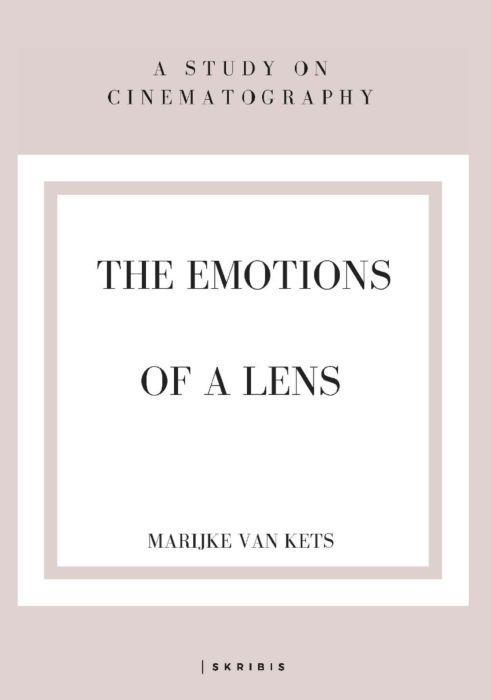This site uses cookies.
The Emotions of a Lens
This book provides a theoretically-based insight into the perception of cinematography, thus making it a novel addition to conventional film studies. Its main achievement lies in the exploration and discussion of a mostly ignored but very important aspect of narrative film, its lifeblood as it were: cinematography. The overall question—does the cinematographer create storytelling images?—is concisely answered: cinematography can be understood as writing with images.
More concretely, this study elaborates a theoretical model that allows us to talk with intellectual rigour about the visual structure of shots, films, styles and other visual elements that make up the film form and its meaning. The basic properties of film shots are space and time: because the images are moving, these space and time units have a dynamic nature, resulting in the expressiveness of cinematography through changing form and content. The different chapters show how the filmic tools that a cinematographer wields make meaning visible and enable the viewer to see the story through the images. In this respect, the job of the cinematographer can be thought of as that of a visual psychiatrist, moving the viewer in the dark.
| Sous-titre | A Study On Cinematography |
|---|---|
| ISBN | 9789492944009 |
| Année | 2018 |
| NUR | 674 |
| Format | 170 x 240 mm |
| Nombre de pages | 78 p. |

